Existing User Log In
New User Registration
Register for a free account to gain full access to the VGChartz Network and join our thriving community.



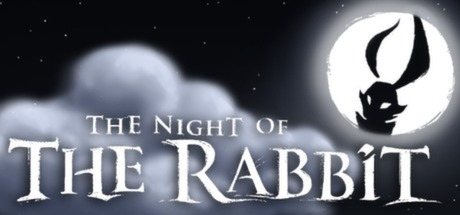

America - Front


America - Back

Daedalic Entertainment
Adventure
 (Add Date)
(Add Date) (Add Date)
(Add Date) (Add Date)
(Add Date)
| Owners: | 0 |
| Favorite: | 0 |
| Tracked: | 0 |
| Wishlist: | 0 |
| Now Playing: | 0 |
Don't let the childlike fantasy and anthropomorphic woodland creatures fool you, The Night of the Rabbit can be quite challenging. How much so? No less than ten minutes after learning to combine objects (a standard point-and-click staple), protagonist Jeremiah Hazelnut is required to discern a riddle for a magical cocktail that requires five separate ingredients mixed in a specific order. Though perhaps not as difficult on the whole, a close analogue to Daedalic Entertainment's mentality would be the late Humongous Entertainment's output: kid-oriented adventures with some brainteasers well above that age range. In that sense, it's hard for me to avoid some nostalgia from seeping into this enchanting world.
After an enigmatic opening, the aforementioned Jerry Hazelnut comes into focus, excited to enjoy his last days of summer break. He's a wide-eyed 12-year-old with aspirations of becoming a magician. After completing a routine task for his mother, he's beckoned with a call to adventure by a bipedal rabbit magician named "the Marquis de Hoto." With the Marquis' help, Jerry journeys to a new land to begin his apprenticeship – all in time for dinner, as promised. "On a day of summer vacation," states de Hoto, "anything is possible."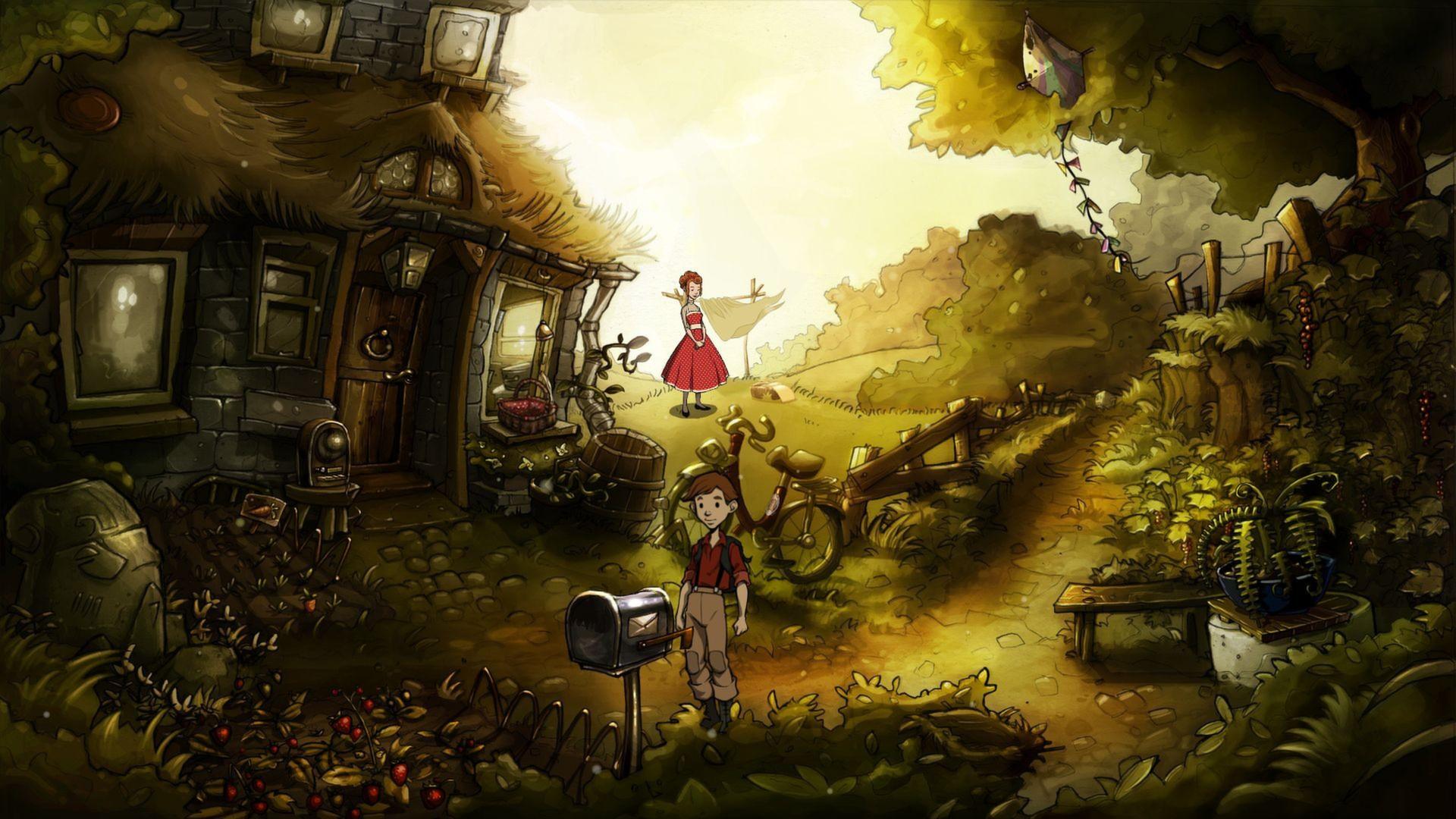
That type of optimism, supplemented by Tilo Alpermann's sweeping score, perfectly encapsulates the mood of Matthias Kempke & co.'s script. The grand, epic tale of a young lad growing into something greater whilst shrunken down to the size of a mouse in this new world is prime territory for an all-ages adventure. But there's more than saccharine air found in Mousewood; there's a careful balance. One of Night's best bits of world-building is interconnecting every world through trees, imagistically conjuring this sense of unique trees whose deep roots have burrowed into other realities. Not only is that magic ensorcelling on its own, that framework is integral to foreshadowing and slowly unraveling the story's darker mysteries. It's a great theoretical narrative and gameplay pacing mechanism.
It's just a shame that the other visited worlds don't stay as long as they should. After growing accustomed to Mousewood and the surrounding area, other worlds connected by portal trees are finished so quickly. Sure, the variety between rolling green hills and frigid tundra looks nice, but making them transient pitstops betrays de Hoto's grander claims about becoming a magician. Adding a bit more meat to them could've also bolstered the main villain's backstory, instead of palavering players during a dull final battle. It's also tonally off-putting to exposition-dump in a way that feels so… descriptively threatening towards a child – especially for a game rated ESRB E/PEGI 3.
The conclusion is inconsistent, but that misstep also highlights how well so many elements click into place beforehand. Like many of its likely inspirations – The Wind in the Willows, the Redwall series, etc. – there's a special charm and magic to its wealth of woodland creatures. Between its mystery, backstory, and even comedy, it has more hits than misses.
The hand-drawn art is Night's most consistent aspect. From beginning to end, the panoply of environments, regardless of how underutilized some are, felt right out of a children's fairy tale. The quaint Mousewood – its important buildings carved out of tree roots – and its surrounding area always displayed a certain charm. Although the genre has often dabbled in 2.5D-type designs, Olga Andriyenko & Johannes Lott keep to the flat 2D script to maintain a storybook aesthetic; given the age of its original PC release, it holds up tremendously well. There's a bit more scrutiny required towards its technical fumbles. Odd annoyances, like short framerate drops when grabbing certain collectibles, or not registering certain interactions without repeated button-smashes, show there are a few more details to polish in this port.
The audio design also captures this whimsical world. Although Wayne Forester's dignified line delivery for de Hoto is quite charming, Jed Kelly's Hazelnut ranks among some of the best for a child actor in games. Whether disrupting a pilfering leprechaun's lifestyle or making some other innocuous mistake, something about his childlike innocence for virtuous missteps feels dead-on. The rest of this ensemble also captures the right tenor & tone for their characters' personalities. Although perhaps not geared towards scoring dozens of accolades, Alpermann's different tracks fit into selling – and in some cases, overselling – the sense of adventure instilled in this fairytale.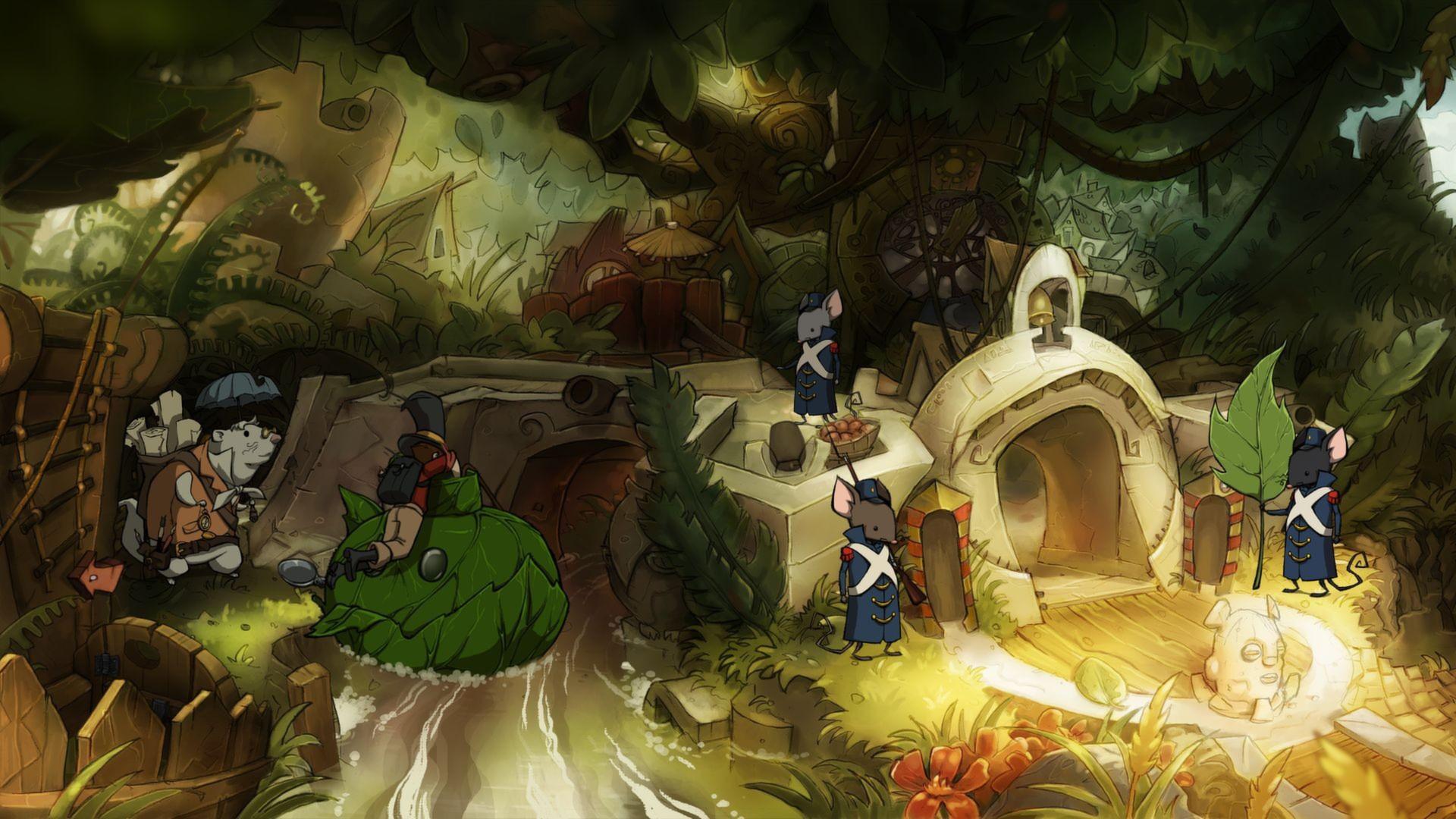
For gameplay, one qualm that stuck out early on is the plot's demanded tasks unintentionally harming puzzle design. Upon reaching Mousewood, Jerry's initial mission is divided between two simple yet terribly drawn-out tasks. The problem is the lack of focus. Almost all of the key locations are opened up without properly funneling the necessary objects or clarifications at the right time. The first important leg of the journey leans more on the luck of giving a random object to someone instead of wonderful a-ha! moments. A large part of this difficulty stems back to its unreliable hint system. The usual result with the 'Advice Seeker' spell was just a slight rewording of the task, which is hardly any different than current objective(s) being displayed in a pause menu.
As time passes, it becomes easier to remain dedicated to one task at a time. These moments are where certain conundrums are clearer, since spells are important to progress forward. Maintaining a sharp mind on what your powers and items entail still leads to some wonderful discoveries. Although it clumsily doles out several early puzzles to the point of frustration, the solutions are often clever when you learn how to manage them.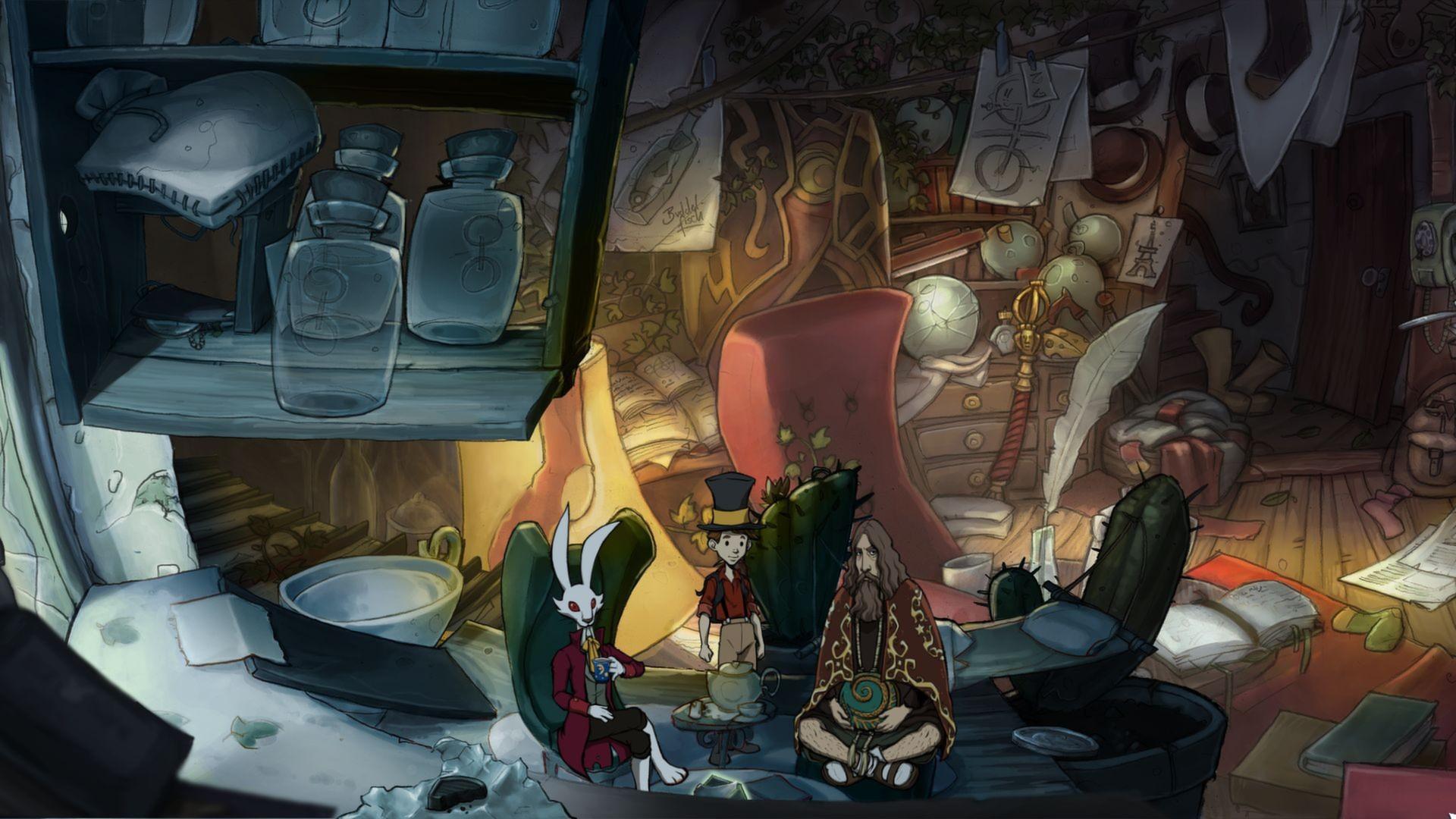
It's easy to tell LucasArts' classics inspired Daedalic here, albeit lacking any thrills or impressive nuances. "Just point and click. It's that simple!" states the fun radio tutorial at the beginning. At least controller inputs adequately map onto the original's mouse & keyboard controls. Acting as another in-game hint system, Jerry's magic coin highlights every object in the world you can view or grab with magical iridescence. It and the Advice Seeker still don't provide legitimate hints to tougher puzzles, but it's a good way to see all of the undiscovered interactions. In some ways, playing with a controller is preferable because of how movement and flipping between environmental items feels so intuitive.
Outside of the main story, Night's ancillary extras add modest value. There are superfluous extras like finding stickers and dewdrops, which are tied to a plot secret. Outside of that, a card game called Quartets (their version of Go Fish) allows you to challenge most characters within the game and collect well-decorated cards should you win. And, finally, eight audio books called "Mousewood Stories" offer a deeper history into this world. These may be considered completionist filler to some, but they're rather considerable for a $20 game in the 10-hour runtime range.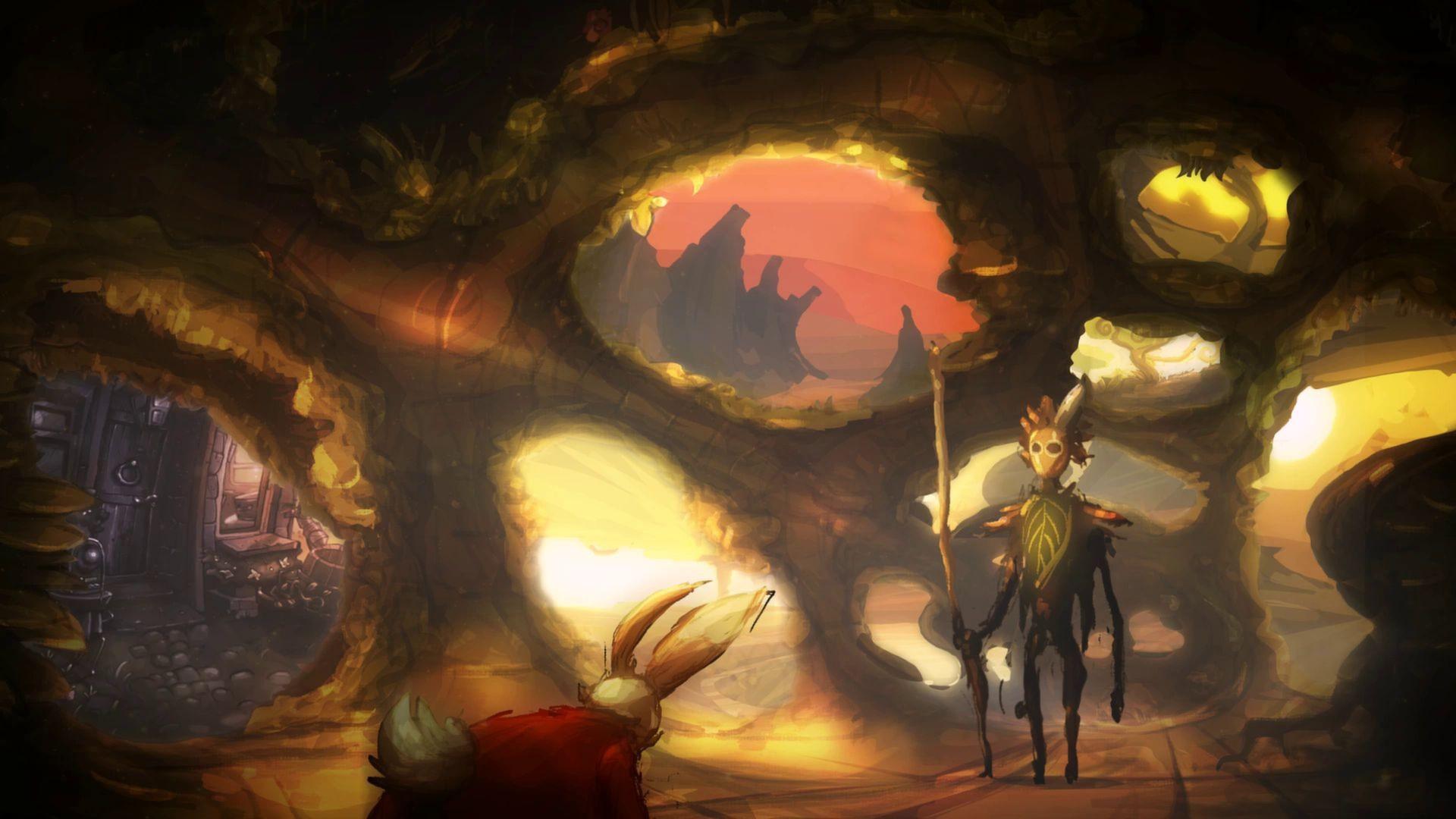
Everyone tries to find a niche or an angle. When looking towards modern point-n-click adventures for storytelling, your first candidate would likely be Wadjet Eye Games (Old Skies, Unavowed). For those where every frame's a painting, perhaps Amanita Design (Machinarium, Creaks) is the immediate standout. What The Night of the Rabbit reinforces for Daedalic Entertainment is something of a middle ground. It's similar to something from the defunct Humongous Entertainment: an all-ages adventure capturing a certain theme with good music, visuals, and characters, but also a few obnoxiously protracted puzzles tempting you to look for outside help. It's lumped with both the positives and negatives, like the good 'ole days. Whether or not your game background resembles something like my nostalgic past, the end result is a winsome fairy tale that's tough to put down.
Contractor by trade and writer by hobby, Lee's obnoxious criticisms have found a way to be featured across several gaming sites: N4G, VGChartz, Gaming Nexus, DarkStation, TechRaptor, and Cubed3! He started gaming in the mid-90s and has had the privilege in playing many games across a plethora of platforms. Reader warning: each click given to his articles only helps to inflate his Texas-sized ego. Proceed with caution.









